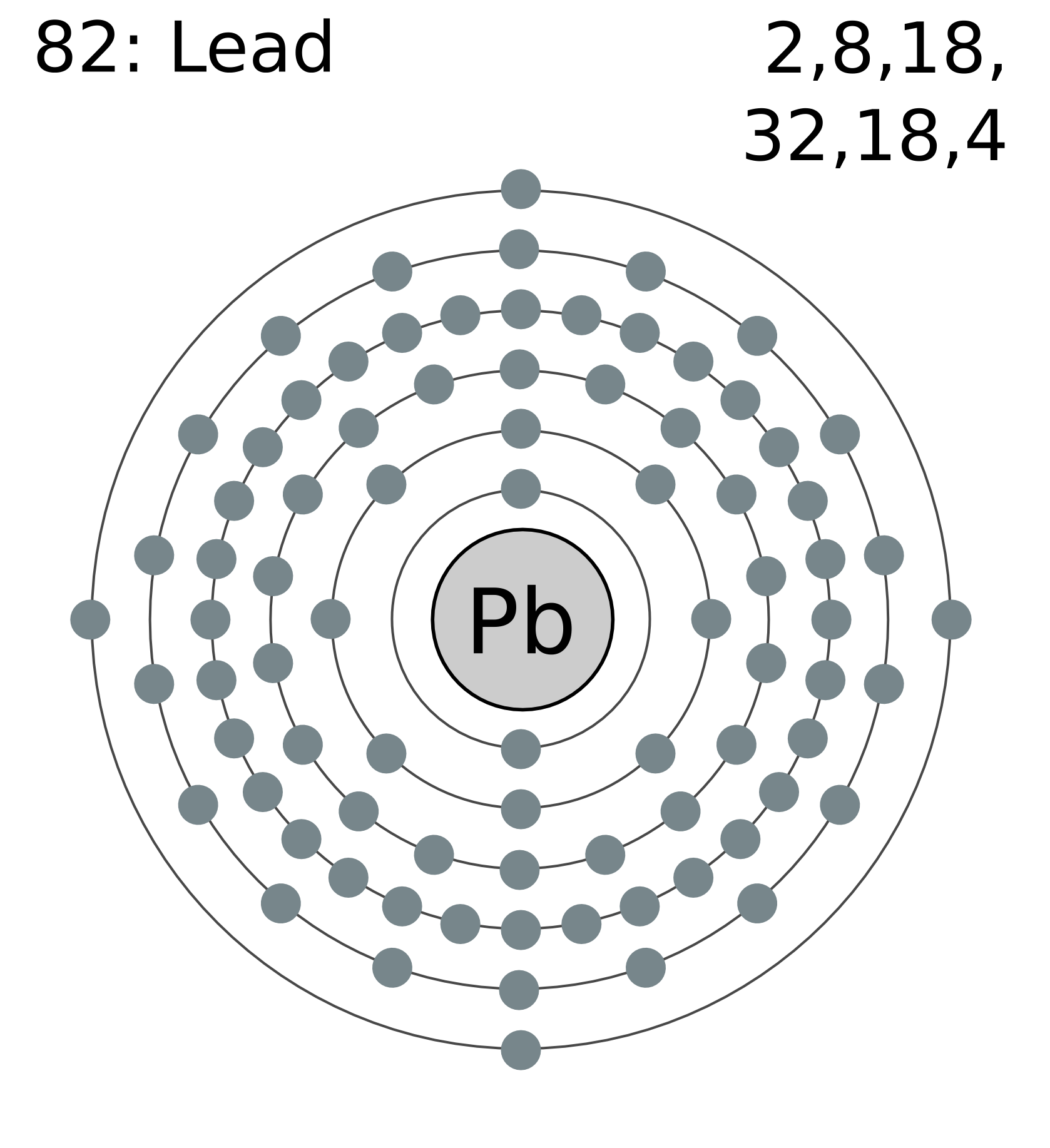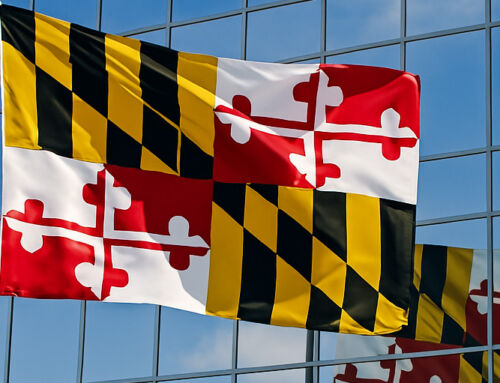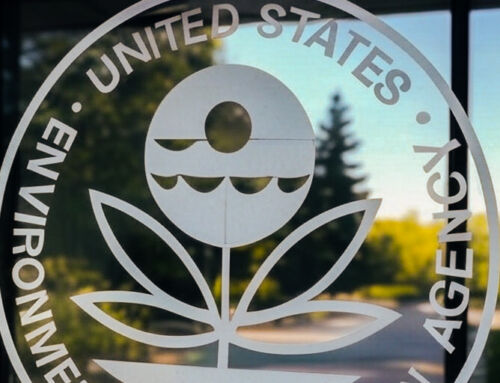View by Topic
Recent Articles
-
President Trump’s Bold Step to Rein in State Overreach in Climate ChangeSaturday, April 12th, 2025
-
Mandatory GHG Disclosures in Maryland Real Estate ContractsSaturday, April 5th, 2025
-
NYC Building Electrification Ruling is Interesting But Not a Game ChangerSaturday, March 29th, 2025
-
Greenpeace Ordered to Pay $667M in Blow to ActivismSaturday, March 22nd, 2025
-
The Most Consequential Day of Environmental Deregulation in American HistorySaturday, March 15th, 2025
View by Month/Year
“Green Building Law Update” Headlines
Recent Articles & News from
Stuart Kaplow’s blog
at GreenBuildingLawUpdate.com
- President Trump’s Bold Step to Rein in State Overreach in Climate Change April 13, 2025
- Mandatory GHG Disclosures in Maryland Real Estate Contracts April 6, 2025
- NYC Building Electrification Ruling is Interesting But Not a Game Changer March 30, 2025
- Greenpeace Ordered to Pay $667M in Legal Blow to Environmental Activism March 23, 2025
Subscribe to the Green Building Law Update!
Stuart Kaplow brings his expertise and extensive experience to the table with his unique digital publication, "Green Building Law Update". Subscribers receive regular updates to keep them informed about important issues surrounding Environmental Law, Green Building & Real Estate Law, as well as the emerging demand for Environmental Social Governance (ESG).
Get fresh content through the lense of Stuart Kaplow's cutting-edge expertise, innovative commentary and insider perspective. Don't miss another issue! Subscribe below.

New Lead (Pb) in Soil Standard Now Effective in Maryland
The EPA has described lead as the number one environmental public health hazard in the U.S.
And despite that the CDC has in the past identified childhood lead poisoning prevention since 1971 as 1 of 10 great U.S. public health achievements which has included success in reducing human exposures on average, the amount of lead used within the U.S. has since that date actually increased. There is little debate that no amount of lead is safe.
Although much debated, it is widely accepted that lead poisoning contributed to the decline of the Roman empire.
Understanding of the sources of lead in the environment and the pathways of human exposure is necessary to understand why what Maryland has done is revolutionary.
Lead is a naturally occurring heavy metal and exists in varying concentrations in the earth’s crust.
In modern times, the major source of lead in air was leaded gasoline exhaust, until it was banned in 1996. Use of lead in paint was widespread for more than half a century before it was prohibited in 1978. Lead was also used in some toys and a variety of furniture until the practice was stopped in 1973. In the 1960s, attempts to calculate dietary lead intake found lead solder from food cans to be a surprising large source until it was banned in 1970. And today, in the most significant source of human exposure, lead still enters drinking water primarily through lead containing pipes and fixtures as I wrote about in an earlier post, Government to Allow Less Lead in Drinking Water.
Maryland is moving beyond those sources. Effective July 1, 2020, Maryland has imposed new lead (Pb) soil screening standards. The Maryland Department of the Environment will utilize a tiered approach for soil screening:
Residential Soil Screening Concentration – 200 mg/kg
Commercial Soil Screening Concentration – 550 mg/kg
Industrial Soil Screening Concentration – 1050 mg/kg
The rationale for the updated lead screening concentrations is that the scientific and public health communities, now, generally agree that adverse effects from lead exposure on the neurological functioning can occur at levels lower than previously recognized. In 2012 the CDC published a reference level of 5 micrograms per deciliter (µg/dl) to identify children with blood lead levels that are much higher than most children’s levels.
But these levels are very low. By way of example this new residential soil screening level is 100% lower than the EPA’s standard for lead in bare soil in play areas which is 400 ppm by weight and 1200 ppm for non-play areas. This value is for guidance only and is not enforceable. (Okay, there are a lot of science in this post, but assuming you are converting the mass of a substance, the conversion of mg/kg to ppm is 1 to 1. So, for the purposes of this post just substitute ppm for mg/kg or vice versa.)
In 2019, Maryland Governor Larry Hogan signed HB 1233, Chapter 341, which reduces, from 10 µg/dl to the 5 µg/dl CDC reference level, the blood lead level that triggers certain interventions under the State’s Reduction of Lead Risk in Housing law that is aimed at protecting children. That new law recognizes that the CDC reference level is more reflective of current scientific consensus on the health impacts of lead exposure and is therefore a more appropriate level for triggering certain interventions. While that bill only amends the Reduction of Lead Risk in Housing law, the same rationale is also now being applied to other state government programs that use an elevated blood lead level as an input, without regard to children (.. which may be a stretch without express legislative authority); this includes the soil lead screening and assessment levels used by the MDE Land Restoration Program which now is using the lower blood lead reference level.
Some have suggested these new regulatory levels are too low when CDC published studies describe that a level of 600 ppm of lead in soil would contribute no more than 5 μg/dl to total blood lead of children under 12 years of age. Moreover, with the entire subject of the impact of lead in urban soil being controversial, the new residential and commercial levels are well below typical urban lead levels in inner city soils.
In 2020 when Elderberry is “out” and Elder candidates are “in” there is no doubt that this year’s new very low lead levels will impact citizens in Maryland and greatly disadvantage owners of land in Baltimore City and other urban areas. Most if not all properties in Baltimore City will exceed these new levels. MDE remedial actions including removal actions, engineering controls like capping, consolidation and capping, in-situ stabilization, and estimating lead relative bioavailability, will all be significantly altered and made more stringent, but still available as responses to lead in soil. While modest by comparison, response action plans and remedial plans that were pending but not approved to July 1, 2020 will be subject to the lower standards.
Be aware lead is still an ongoing issue, including in many recycled materials. Playground surfaces made of recycled tire rubber and synthetic turf fields containing tire crumb rubber in Maryland are both part of an EPA lead biomonitoring study temporarily halted by COVID-19.
Lead is the number one environmental public health hazard in this country. And no amount of lead is safe. Period. Maryland regulators are boldly going where no man has gone before, becoming among the first to regulate lead in soils, certainly at these low levels, and may be blazing a trail for others across the nation to follow, but will no doubt be monetizing in real dollar terms the environmental externalities on current Maryland land owners.









